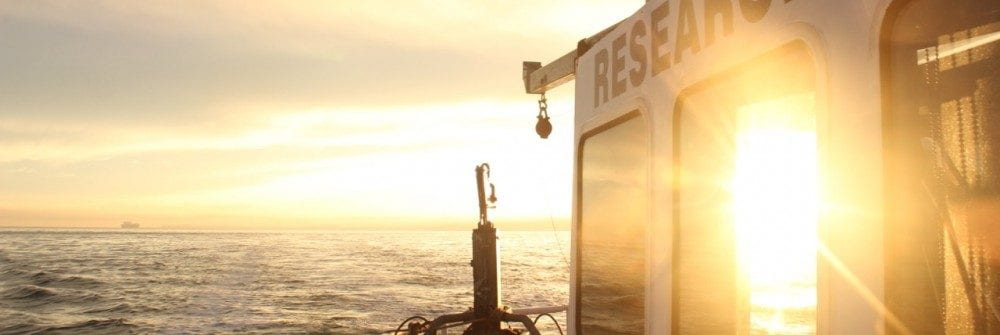Observing and modeling the transport and accumulation of glacially produced sediment in fjords
This research focuses on the  processes and time scales of sediment production, transport, and accumulation near the calving fronts of retreating tidewater glaciers. Depositional rates and spatial patterns merit close attention because they can affect glacier stability by reducing the water depth that controls the calving rate, the surface area available for submarine melting, and the ability of tidewater glaciers to advance into deep water. The sediments produced by these glaciers also archive a high-fidelity record of changes in glacial, environmental, and tectonic conditions. We use physical measurements of ice, meltwater, sediment and seawater, seismic observations of the seabed, and seabed sampling for sediment fluxes and the preserved record of glacial retreat. These measurements are integrated into a numerical model to relate known changes in the glacial terminus position and ice speed to sediment transport and accumulation in the fjord during the period of retreat.
processes and time scales of sediment production, transport, and accumulation near the calving fronts of retreating tidewater glaciers. Depositional rates and spatial patterns merit close attention because they can affect glacier stability by reducing the water depth that controls the calving rate, the surface area available for submarine melting, and the ability of tidewater glaciers to advance into deep water. The sediments produced by these glaciers also archive a high-fidelity record of changes in glacial, environmental, and tectonic conditions. We use physical measurements of ice, meltwater, sediment and seawater, seismic observations of the seabed, and seabed sampling for sediment fluxes and the preserved record of glacial retreat. These measurements are integrated into a numerical model to relate known changes in the glacial terminus position and ice speed to sediment transport and accumulation in the fjord during the period of retreat.
Project publications:
Boldt, K.V., Nittrouer, C.A., Hallet, B., Koppes, M., Forrest, B., Wellner, J., Anderson, J., 2013. Modern rates of glacial sediment accumulation along a 15˚ S-N transect in fjords from the Antarctic Peninsula to southern Chile, Journal of Geophysical Research- Earth Surface, 118: 1-17, doi: 10.1002/jgrf.20145.
Funding source: Quaternary Research Center
People: Chuck Nittrouer, Katie Boldt
Collaborators: Bernard Hallet





